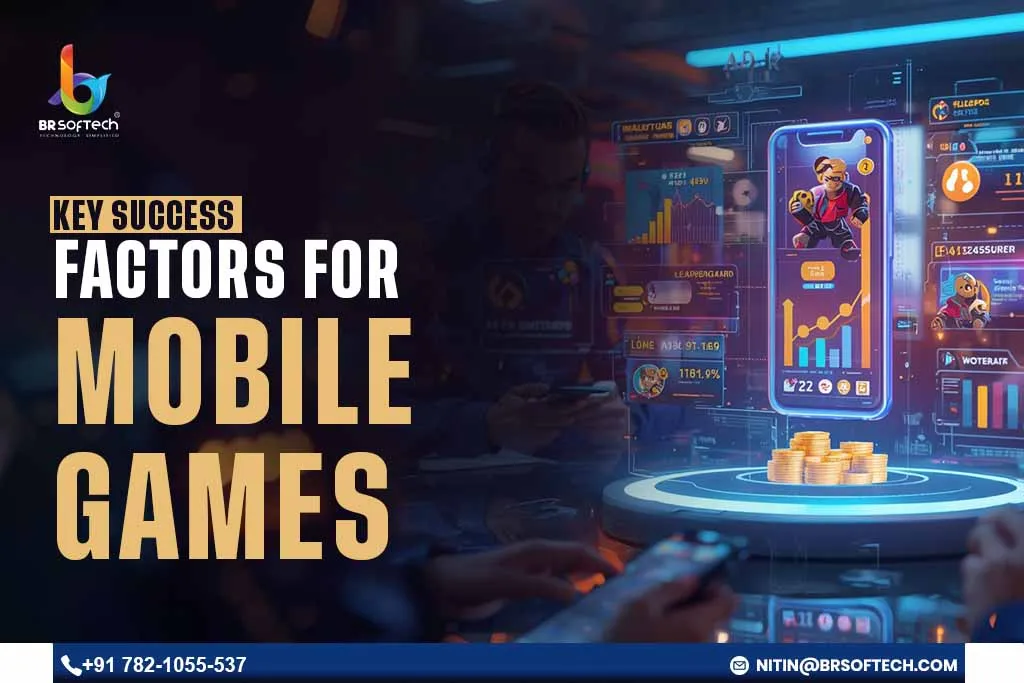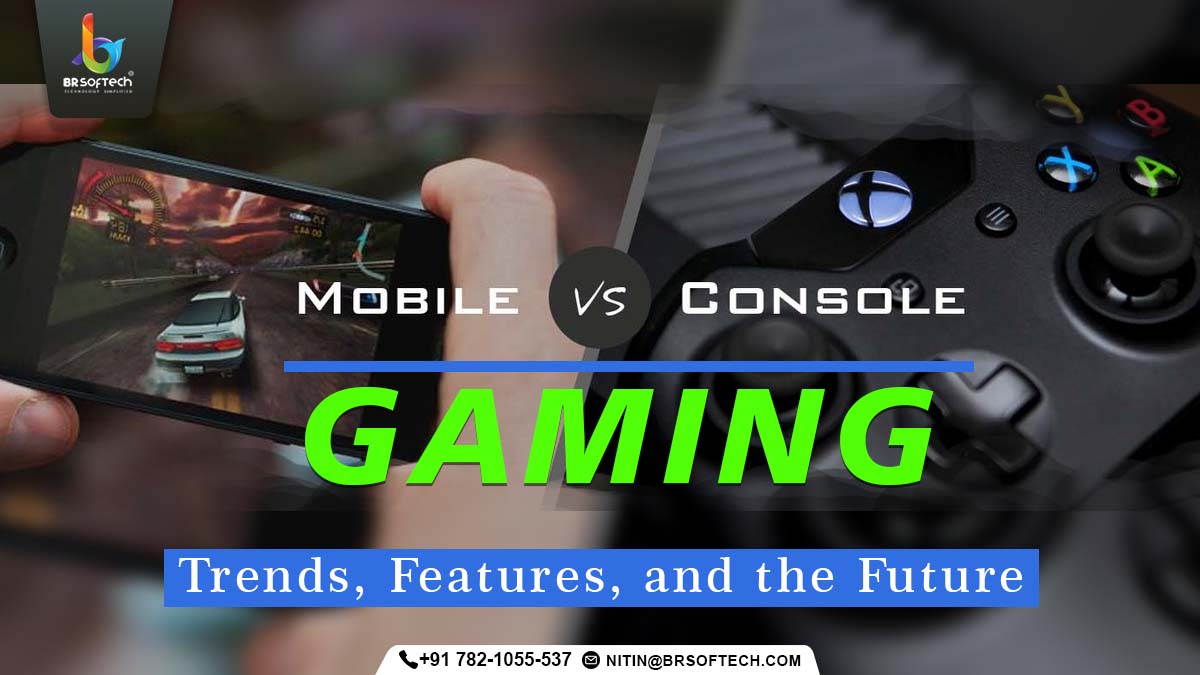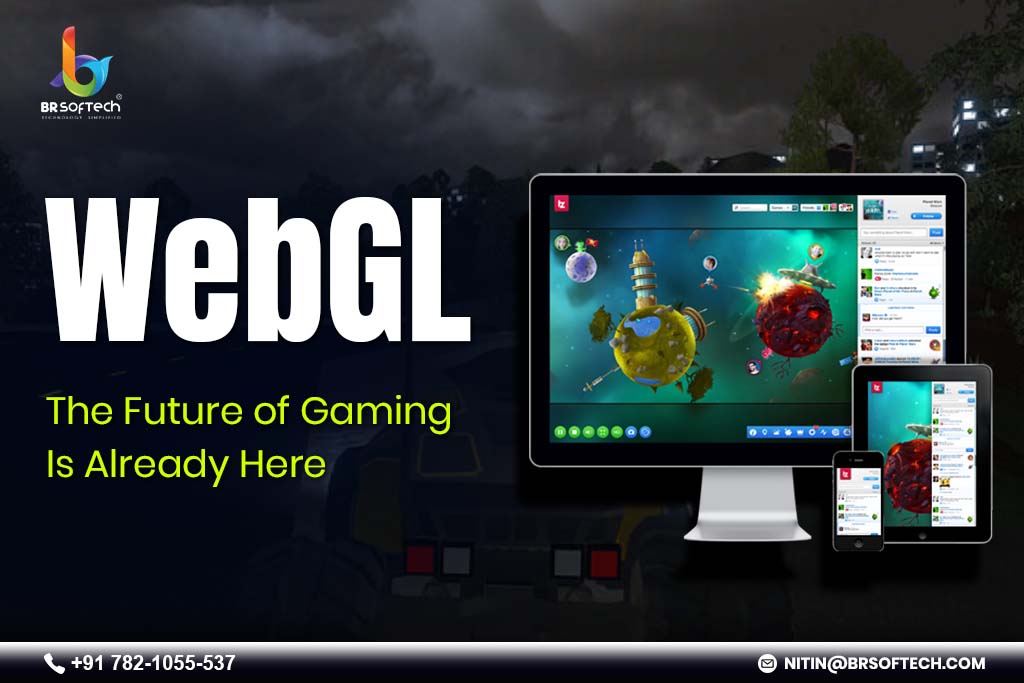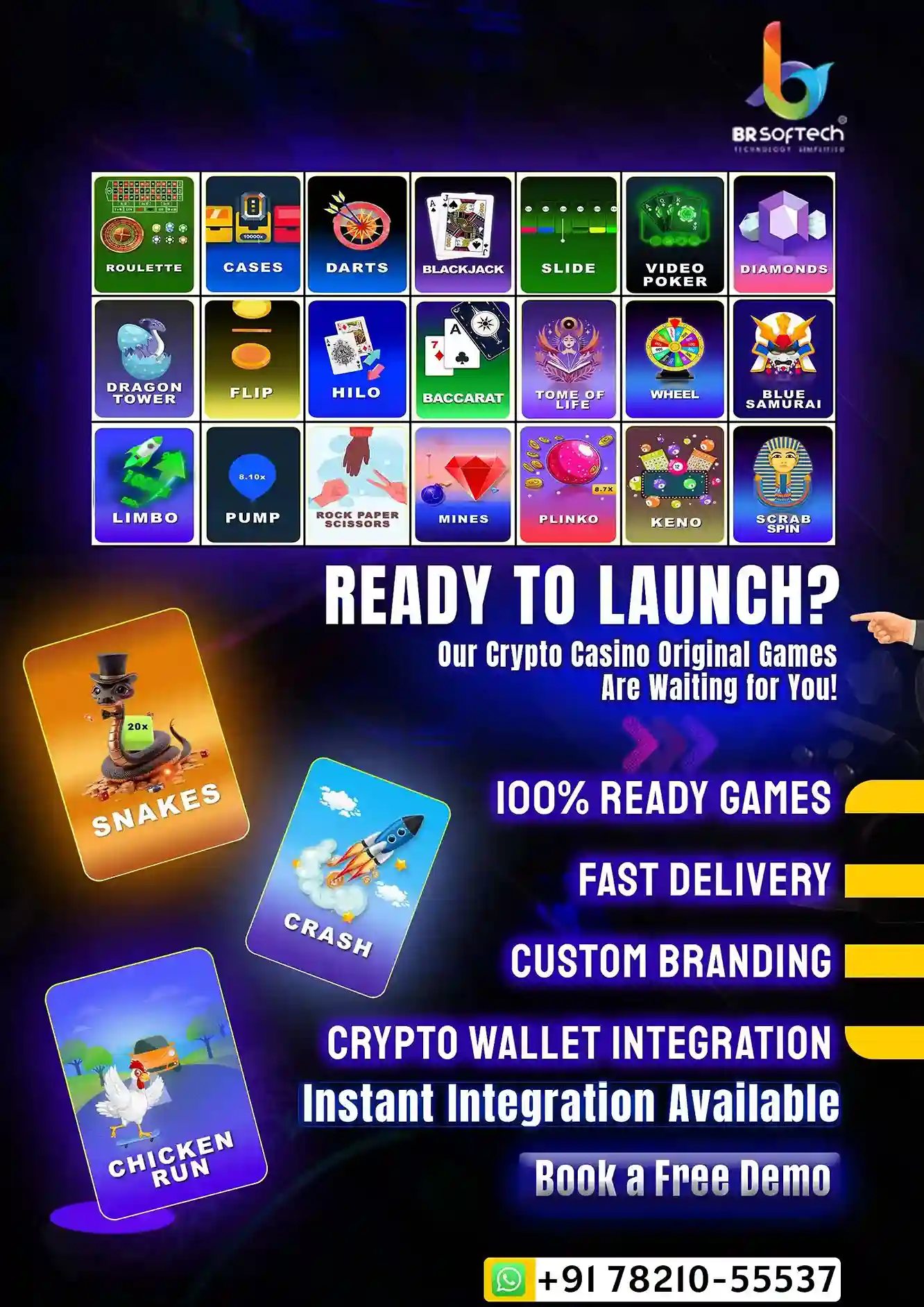2025 is shaping up to be a turning point for mobile gaming. With millions of apps competing for attention, success demands more than just great graphics; it requires smart mobile game design tips, effective monetization strategies, and a focus on user engagement in mobile games.
From my years in the industry, I have seen that the operators who thrive are those who keep an eye on emerging mobile game trends and adapt their strategies accordingly.
They combine creative gameplay with data-driven marketing and retention techniques to build games that players love and keep returning to. If you are brainstorming for concepts, you can check out these latest mobile game ideas for inspiration.
In this blog, I will cover the 10 essential focus areas for mobile game success in 2025. Let’s get started.
Top 10 Focus Areas for Successful Mobile Games
Let’s explore the top focus areas for mobile game success, along with actionable insights, trends, and proven tactics to help you stay ahead of the competition.
1. Prioritize User-Centric Mobile Game Design
One of the biggest mistakes I see operators make is focusing too much on flashy visuals and complex mechanics while neglecting the player experience. In 2025, user engagement in mobile games starts with a user-centric design approach. Understanding your target audience’s preferences, behaviors, and pain points is critical. Here are some things that I recommend:
- Intuitive UI/UX: Players should instantly understand how to navigate your game. Confusing menus or unclear controls lead to early drop-offs.
- Adaptive Difficulty Levels: Games that dynamically adjust to a player’s skill level keep engagement high and reduce churn.
- Immersive Feedback Loops: Reward system, achievements, and progress indicators motivate players to keep playing and enhance mobile game monetization strategies.
- Seamless Onboarding: Your first few minutes matter. Tutorials and interactive demos should teach the game naturally without overwhelming the player.
When I work with operators, I always emphasize that mobile gaming strategies should begin with a deep understanding of player behavior.
2. Mobile Game Monetization Strategies
Revenue is the lifeblood of any mobile game, and relying solely on ads or in-app purchases is not enough in 2025. From my experience advising operators, a diversified monetization strategy is the key to long-term success. Here are the approaches that consistently work:
- In-App Purchases (IAPs): Offer cosmetic items, power-ups, or exclusive content. Make sure these are appealing, but don’t create a ‘pay-to-win’ barrier that frustrates free players.
- Rewarded Ads: Integrate ads that offer tangible in-game benefits. This keeps engagement high, generating revenue.
- Subscription Models: Monthly passes with exclusive rewards of features encourage consistent spending and player loyalty.
- Dynamic Pricing & Offers: Use data-driven insights to tailor promotions based on player behavior, increasing conversion without alienating your audience.
If you are someone who wants to refine their monetization model, you can combine these strategies with the latest game development trends to align your approach with current player expectations.
3. Maximizing User Engagement in Mobile Games
High retention and active player bases are what separate a profitable game from one that flops. From my experience, user engagement in mobile games isn’t accidental; it is engineered through thoughtful features, rewarding experiences, and constant interaction. Here’s how to keep players hooked:
- Personalized Experiences: Use data to tailor challenges, rewards, and content to each player’s style. Gamers feel valued when the game adapts to them.
- Social Integration: Leaderboards, multiplayer modes, and guilds encourage community interaction and health competition.
- Push Notifications and Reminders: Smart, non-intrusive notifications bring players back without feeling spammy.
- Regular Content Updates: Frequent events, seasonal challenges, and limited-time rewards keep the gameplay fresh and exciting.
- Gamification Elements: Achievements, badges, and streaks incentivize continued play and strengthen engagement metrics.
4. Leveraging Mobile Game Marketing Techniques for Growth
Even the most brilliantly designed game won’t succeed without the right visibility. In 2025, mobile game marketing techniques will have evolved far beyond simple app store optimization.
As someone who’s worked with both indie developers and global gaming brands, I have seen that the key to growth lies in blending creativity with analytics.
Here’s how to build a marketing strategy that drives real results:
- Pre-Launch Hype: Start early. Teasers, gameplay snippets, and influencer collaborations can build anticipation before the release.
- App Store Optimization (ASO): Optimize your game title, keywords, visuals, and description. A well-optimized listing can significantly boost organic downloads.
- Influencer & Community Marketing: Partner with micro-influencers and gaming streamers who have loyal audiences. Authentic recommendations outperform paid ads.
- Paid UA Campaigns: Use performance-based advertising on networks like Meta, Google, and Unity Ads. Constant A/B testing is crucial for ROI.
- Retention-focused Campaigns: Marketing does not stop at acquisition. Use re-engagement ads and loyalty programs to bring players back.
The best performing operators I have worked with treat marketing as an ongoing cycle, not a one-time push. They are always aligned with emerging mobile gaming trends and player behavior.
5. Data-Driven Decision Making in Mobile Gaming
If there’s one universal truth about successful mobile games in 2025, it is that every winning decision comes from data, not instinct. The top-performing gaming operators rely heavily on analytics to shape everything. Here’s how data transforms mobile gaming operations:
- Player Behavior Analysis: Use heatmaps and session tracking to understand where players drop off or engage the most.
- A/B Testing: Continuously test UI layouts, in-app offers, and game difficulty levels to identify what truly resonates with your audience.
- Predictive Analytics: AI-driven tools can now predict churn rates and recommend personalized engagement tactics before players leave.
- Revenue Tracking: Segment your monetization data to see which pricing models generate the highest ROI.
- Feedback Loops: Gather in-game feedback and correlate it with performance metrics for actionable insights.
For studios building analytical dashboards, using the best programming languages for game development, like Python or C#, can help streamline integration with data APIs and analytics platforms.
6. Building Scalable Mobile Gaming Infrastructure
A smooth and scalable infrastructure is not a luxury anymore; it is the backbone of every successful mobile game. In 2025, player expectations for seamless performance, real-time sync, and zero downtime are higher than ever.
I have seen games with brilliant design fail simply because their backend could not handle growing traffic or cross-platform demand. You can focus on these factors to future-proof your infrastructure:
- Cloud-Native Architecture: Move away from local servers. Cloud platforms like AWS, Azure, and Google Cloud ensure flexibility, scalability, and global uptime.
- Microservices Approach: Modular architecture allows independent updates to gameplay, payments, and leaderboards without interrupting live sessions.
- Cross-platform Optimization: Your game should perform consistently across Android, iOS, and emerging cloud gaming ecosystems.
- Robust Security Layers: Implement data encryption, anti-cheat mechanisms, and secure payment gateways. Trust is a huge retention factor.
- Real-time Analytics Integration: Monitor performance, latency, and user load to prevent crashes during peak hours.
7. Adapting to Emerging Mobile Gaming Trends
In a rapidly evolving market, staying relevant means staying adaptable. Every year, I see studios rise or fade based on how quickly they respond to emerging mobile gaming trends.
From AI integration to blockchain-powered economies, new technologies are reshaping how players interact, spend, and compete. Here are some core technologies to follow:
- AI-Driven Gameplay: Smarter NPCs, adaptive storytelling, and predictive difficulty levels are creating hyper-personalized experiences.
- Cross-Platform Ecosystems: Games are no longer confined to mobile. Players want continuity across consoles, PCs, and cloud platforms.
- Web3 & Digital Ownership: While still maturing, blockchain integration and digital collectibles are redefining player loyalty.
- AR & Mixed Reality: Real-world interaction is back in focus, with immersive experiences gaining traction in mobile adventure and simulation genres.
- Lightweight Design: Players now care about energy efficiency and low-latency gaming, especially in mobile-first regions.
8. Crafting a Strong Player Retention Strategy
Acquiring users is expensive; retaining them is priceless. In 2025, every successful mobile game hinges on how well it keeps players coming back. From my consulting experience, I have seen that mobile game success factors rely less on flashy marketing and more on consistent engagement loops that reward loyalty. Here’s how to strengthen retention:
- Onboarding That Hooks: The first session determines long-term retention. Use guided gameplay, early rewards, and simple progression paths to build momentum.
- Live Events & Seasonal Updates: Regular in-game events foster community excitement and provide fresh incentives to return.
- Reward-based Progression: Daily check-ins, streaks, and loyalty bonuses make players feel recognized for consistency.
- Community Building: Encourage social connections through leaderboards, chat systems, or player guilds. Communities amplify organic retention.
- Personalized Re-engagement: Use analytics to send targeted offers, push notifications, or emails that speak directly to a player’s activity pattern.
9. Optimizing Mobile Gaming Monetization with Ethical Design
In 2025, the most profitable mobile games are also the most trusted ones. Players today are more aware and skeptical of manipulative monetization tactics.
From my experience consulting gaming operators, I have learned that the secret to sustainable growth lies in ethical monetization design. Here’s how to achieve that balance:
- Fair Play Economics: Avoid pay-to-win structures. Offer purchasable upgrades that enhance experience, not fairness.
- Transparent Pricing: Make in-game costs clear and predictable. Hidden fees or manipulative timers quickly erode trust.
- Player-First Ads: Rewarded video ads or opt-in offers keep monetization user-friendly and non-intrusive.
- Emotional Value Offers: Limited-time bundles tied to player milestones often convert better because they feel earned, not forced.
- Compliance with Regional Standards: Ensure monetization aligns with US and international gaming regulations to maintain brand credibility.
The best mobile game monetization strategies respect the player’s time and investment. In turn, they drive higher retention, positive reviews, and long-term profitability.
10. Building a Future Ready Team and Workflow
Behind every great mobile game is a team that evolves as fast as the market does. In 2025, success is not just about having talented developers; it’s about building a future-ready team capable of adapting to new technologies, workflows, and audience expectations. Here are some steps to future-proof your workforce and flow:
Cross-functional Expertise: Blend designers, data analysts, marketers, and developers in collaborative sprints to align creativity with performance metrics.
Agile Development: Adopt shorter iteration cycles for quicker testing, faster bug fixes, and real-time player feedback implementation.
Upskilling and AI Adoption: Train your team to use emerging AI tools for automation, testing, and personalization to boost efficiency.
Clear Communication Channels: Use integrated project management tools to streamline coordination across departments and remote teams.
Post-launch Support Teams: Allocate resources for updates, community management, and ongoing optimization.
Final Words
The mobile gaming landscape in 2025 rewards those who plan with precision and act with agility. From user-centric design to ethical monetization, every decision you make compounds into long-term growth and brand trust. As someone who’s seen this industry evolve firsthand, I can tell you that successful mobile games are not built overnight; they are engineered through data, creativity, and player empathy.
Whether you are refining your existing platform or planning your next release, start by mastering these 10 essential focus areas for mobile game success. Keep learning, stay adaptive, and align your strategy with upcoming latest trends to remain competitive in the global market.
Frequently Asked Questions (FAQs)
Q1. How can I improve user engagement in my mobile game? Ans. Focus on personalization, regular content updates, and community-driven features. Use analytics to understand player behavior and implement retention mechanics like streak rewards or social leaderboards.
Q2. What are the best monetization strategies for mobile games? Ans. The best monetization strategy includes combining in-app purchases, rewarded ads, subscriptions, and data-based offers. Ethical monetization drives higher retention and revenue in the long term.
Q3. How do I market my mobile games effectively in 2025? Ans. Combine influencer partnerships, ASO optimization, and targeted ad campaigns. Build a pre-launch buzz and maintain post-launch engagement through community and content updates.
Q4. How do I stay ahead of the emerging mobile gaming trends? Ans. Keep an eye on the latest mobile gaming trends and regularly evaluate new technologies like AI gameplay, AR, and Web3 features. Adopting innovations early and strategically can give you a clear market advantage.
Q5. Why is data analytics so important in mobile gaming? Ans. Data analytics help optimize design, marketing, and monetization. It identifies player drop-off points, predicts churn, and supports smarter decision-making to improve ROI.










